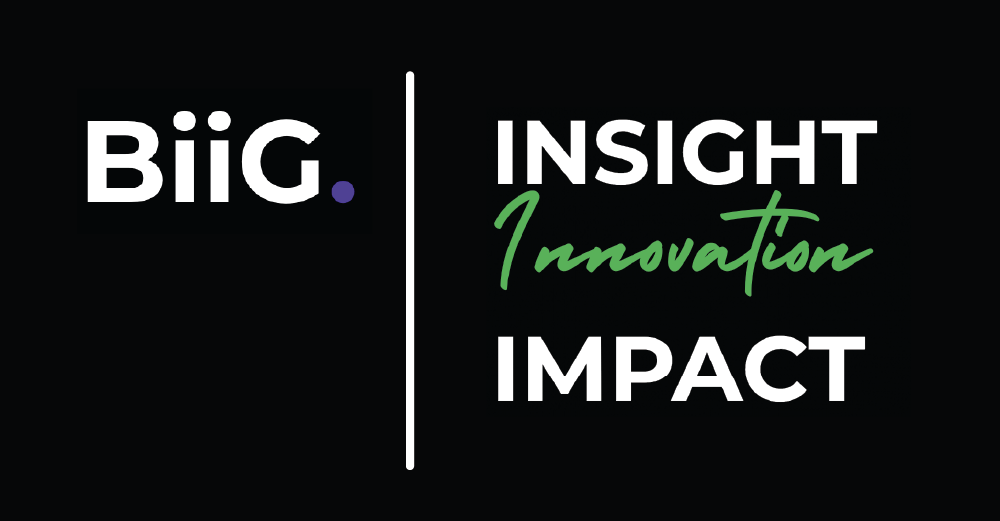Organisational Agility in the Public Sector: The Case for Change
The public sector is arguably one of the more resilient parts of society when it comes to disruption. It is, perhaps, hard to envisage a world where large parts of the public sector are replaced by organisations that are able to offer the same services better, cheaper and in a more efficient manner. Or is it?
In some of the initial thoughts from the recent Thodey review of the APS, it was stated that there is an increase in the blurring of the lines between the perception of services offered by public and private sector organisations. Today the public, or should we call them customers, expect a high level of service and an ease of interaction. This is regardless of whether they are renewing their drivers license or shopping online.
As more organisations look to take on disruptive capabilities either to move into new markets and sectors or to protect their own, it is not beyond the realms of possibility that soon large parts of the public sector will face threats from private organisations looking to offer similar or replacement services.
Additionally, the use and proliferation of new technology in areas such as automation, AI and blockchain will continue to offer increased efficiency, which leaders from all areas of the public sector will want to leverage. A study by Deloitte and Oxford University[1] found that up to 850,000 jobs in the United Kingdom’s public sector could be lost as a result of automation by 2030. These roles include administrative roles and jobs for teachers and police officers. Hollywood already arrived at this some time ago, with films such as Total Recall (to name just one) depicting a future of robotic police officers.
But this change is not necessarily a bad thing. While many job roles will disappear, this increase in the application of new technology will create new roles elsewhere. Some reports even suggest that the net change will be positive rather than negative[2].
That is why it is more important than ever that those working within the public sector understand why this change is taking place, what it means for their role, and most importantly how they can play an active role in change.
The recently launched AgileSHIFT® guide, training and certification from AXELOS (owners of PRINCE2® and ITIL®) seeks to answer these questions for those working within the public and private sector. In fact, the product was designed and tested with both public and private sector organisations in mind. This creates a powerful case for the new solution.
AgileSHIFT offers guidance on:
- Why individuals need to care about the changing world we work in, exploring both the technology shift and how disrupters operate
- Why organisational agility is important to survive in an ever-changing world and what are the common challenges to adopting this approach
- How an organisation should operate in this new world, with overarching guiding principles and practices
- An agile toolbox and simple to use agile framework to own small scale change
So why is organisational agility important and what are the common challenges – particularly in the public sector?
If we look at how disrupters succeed, it is typically because they have found an inefficiency in a process or business model that the incumbent operators use. Organisations who can quickly identify and close these inefficiencies are more likely to survive. Indeed, those organisations can not only close these gaps, but can seek find and exploit gaps in their competitors.
However, arguably one of the biggest blockers (and something which larger and older institutions struggle with) is that in order to work this way, they need to fundamentally change the way they operate.
They need to demonstrate characteristics such as:
- The ability to respond quickly to a changing working environment, both internal and external
- Empowered staff to own change and improvements that they have identified
- Having the confidence (and support) to fail, if piece of work was undertaken for the right reasons and the failing was identified early
In short, demonstrate characteristics that an encompass an agile organisation.
Yet, this way of working is alien to many – posing quite the challenge. In fact, organisations who have been around for many years have typically stayed safe by taking the path of least risk. But what has traditionally kept them safe, may not be the case in the future. In the last decade, many of the normal rules of running an organisation have gone out the window.
Consider the benefits that approaching work in a new way could mean both personally and for their organisation. Yes, change is inevitable, but it offers so many new opportunities.
For more information on AgileSHIFT and how we can help your organisation with enterprise agility, contact us today on 1300 70 13 14.
[1] https://www2.deloitte.com/content/campaigns/uk/the-state-of-the-state/the-state-of-the-state/the-state-of-the-state.html [2] https://theconversation.com/technology-will-make-todays-government-obsolete-and-thats-good-86430




